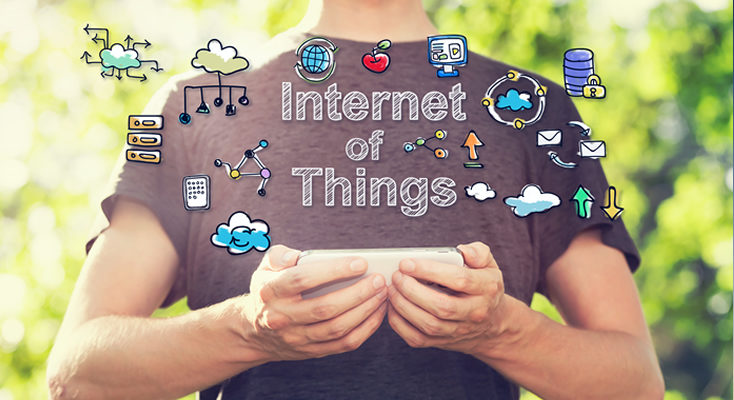The world’s first-ever “smart” hairbrush has arrived.
Keratese, in partnership with Withings, announced the Keratase Hair Coach, powered by Withings. Developed in collaboration with L’Oreal’s Research and Innovation Technology Incubator, the brush features Withing’s advanced sensors and L’Oreal’s signal analysis algorithms to score the quality of hair and track the effects of different hair care routines. The accompanying mobile app provides insights and customized product recommendations to help people better care for their hair. The brush earned an International CES Innovation Award, which celebrates outstanding product design and engineering in new consumer technology products.
With this smart hairbrush, Keratase has effectively taken a once animate object used in one’s daily health & beauty routine, and transformed the role it plays from tangle reducer—to hair health support tool. Through effective partnership and collaboration, they enabled a popular beauty product to become a living and breathing object that can collect data on its user. This data can not only be leveraged to deliver a more personalized product and customer experience to the user, but more accurate product usage data to the brand.
The development of smart products connected to the IoT isn’t just limited to the beauty industry segment though. Black & Decker now has a WiFi enabled slow cooker with a connected mobile app that allows you to control the temperature and cook time of your meal from at home or remotely. In addition to the ability to remotely monitor the cooking status of your meal and receive notifications when done, the app also supports content sharing, from recipe suggestions to the ability to share images of your creations on Social. Additionally, Bud Light has introduced a smart fridge that alerts users when they are about to run out of beer. The fridge has an app that monitors beer temperature, reports NFL updates and coordinates with a beer-delivery service that operates in select California cities.
This is where the future of consumer product design and innovation lies—in thinking of how products can engage with the network of connected devices (aka the IoT) to take on intelligent capabilities and deliver a more personalized product experience and more real-time, data-driven insights to the brand. It’s about designing products that can come to know and respond to the needs of the user in relation to context and considering how one’s brand services can flow through physical object in all new and meaningful ways.


Comments are off this post